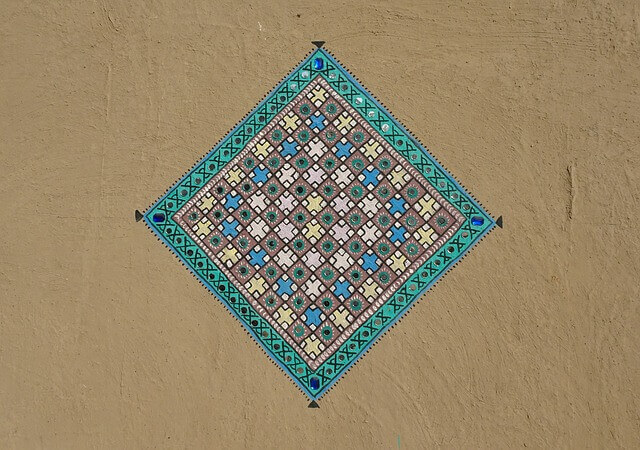What is Mud Plaster?
Mud plaster is another type of plaster that is mostly used in cases of village and temporary kutcha construction. This is the cheapest type of plaster. Mud plaster is also known as earth plaster.

Process of Preparing Mud Plaster
It is made up of earth with an adequate percentage of clay and sand content. The earth should be free from any types of unwanted elements like grass, stone pebbles, roots, organic matter, etc. If clods are found in the excavated earth, they should be broken into the fine earth.
The soil is mixed with sufficient water and left to season for 5 to 7 days. To increase the strength of mud plaster, chopped straw or hemp is added to the seasoning mixture. Around 30 kg of chopped straw or hemp is used for 1 m3 of earth.
During the seasoning period, the mixture is worked up from time to time under cattle feet and converted into a homogeneous mass. The mud mortar is now ready for plastering.
Process of Preparing Surface Before Applying Mud Plaster?
The surface which is to be plastered should be prepared in the same way as for cement plaster or lime plaster. Loose dust should be removed from surface joints. Before beginning the plastering work, the surface which is to be plastered should be wetted thoroughly.
Excessive projections extending from the surface should be knocked off and screeds formed, so as to act as thickness gauges. Mud plaster is now applied between screeds by dashing the mortar against the prepared surface.
Process of Applying Mud Plaster?
Mud plaster is usually done in two coats. The second coat is applied after the first coat has set but not fully dried. Usually, the thickness of the first coat is 13 mm and the thickness of the second coat is 6 to 7 mm. The mud plaster may finally be swept with a mixture of clay and cow dung.
Benefits of Mud Plaster
1. This plaster gives a smooth and decorative look to the mud walls.
2. Some designs may be created over the wall through mud plastering.
3. This type of plaster is environment friendly
4. They are less toxic than other types of plaster.
5. The repairing work is also very easy and inexpensive.
Read More:
Types of Pointing used In Masonry Work